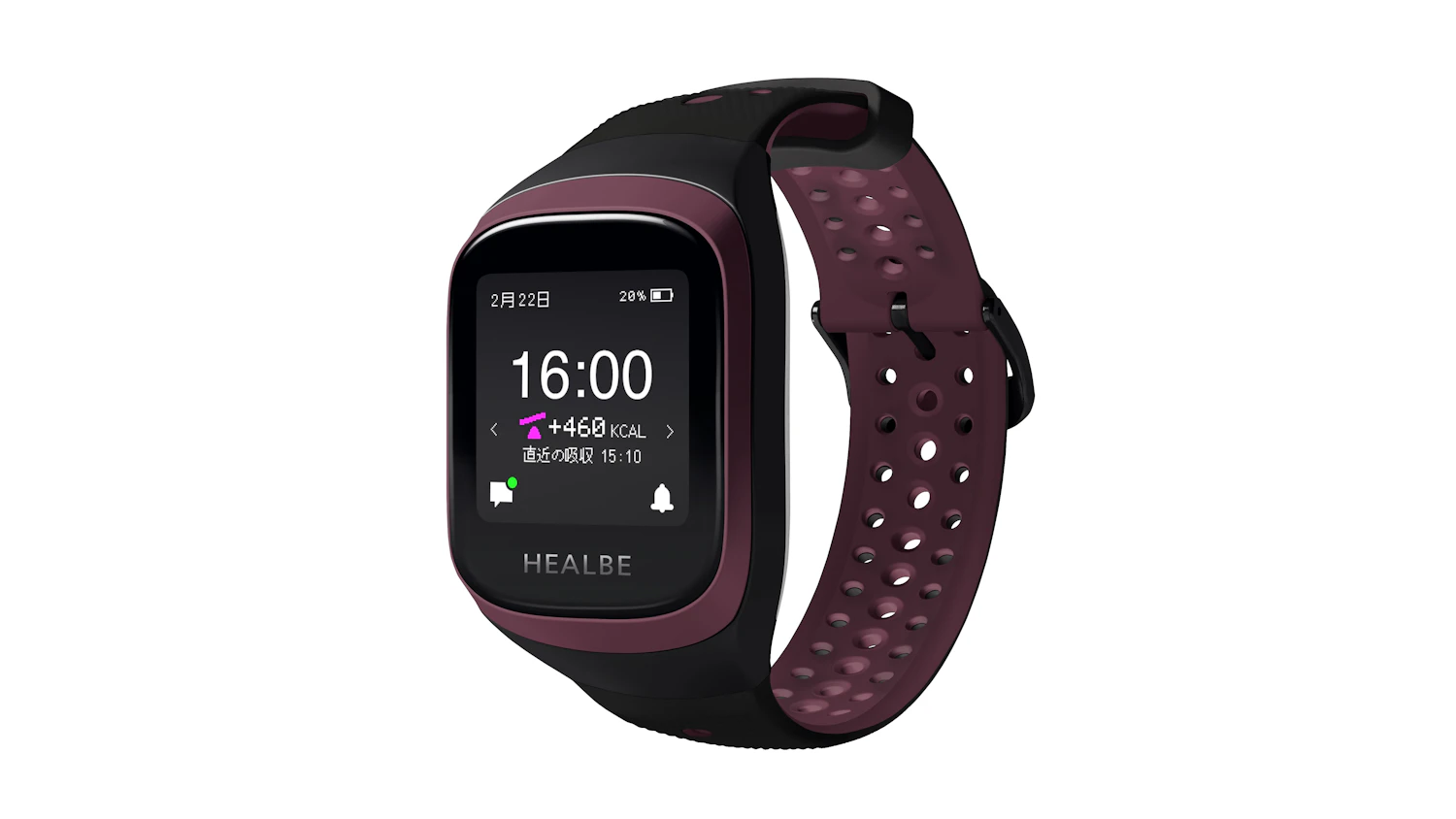12.22MON
Automatically Track Your Calorie Intake! The Smart Band "GoBe3" Takes Health Management to the Next Level!

Additionally, it automatically measures calories burned, providing a clear overview of the daily energy balance. It's highly convenient for supporting diet and health management. What technologies are behind the development of "GoBe3"?
When trying to manage calorie intake using apps or smart devices, users typically have to manually input every meal. Even logging three meals a day requires effort, let alone tracking snacks, drinks, and post-exercise refreshments. With "GoBe3," which automatically tracks calorie intake and body water levels, there's no need for meal input or calorie calculations. Indeed, it's a revolutionary product.
When trying to manage calorie intake using apps or smart devices, users typically have to manually input every meal. Even logging three meals a day requires effort, let alone tracking snacks, drinks, and post-exercise refreshments. With "GoBe3," which automatically tracks calorie intake and body water levels, there's no need for meal input or calorie calculations. Indeed, it's a revolutionary product.

Measuring Fluid Movements Using Impedance Sensors
Obviously, the intriguing part is the system that automatically calculates calorie intake. How can a compact smart band worn on the wrist accomplish this?"GoBe3 uses bioimpedance sensors to send high and low-frequency signals through the skin, measuring the flow of fluids inside and outside the cells, and calculates calorie intake through a proprietary algorithm," says Daria Potapova of HEALBE JAPAN.
As consumed food digests and absorbs, blood glucose levels rise, and cells absorb glucose, releasing intracellular fluid. This movement is measured.
This article is for members only.
Please register to read the rest of the article.
What you can do with a membership
- Read members-only articles
and use text-to-speech. - Unlimited article favourites
and browsing history. - Attend members-only events.
- Get the latest information
with our email newsletter.
CONCEPT VIDEO
"fashion tech news" Unveils New Logo & Concept Video
TOP ARTICLES
RELATED ARTICLES
CONCEPT VIDEO
"fashion tech news" Unveils New Logo & Concept Video
CONTACT
If you have any questions or enquiries, please enter your details in the form below.
















.png?w=400&fm=webp)



